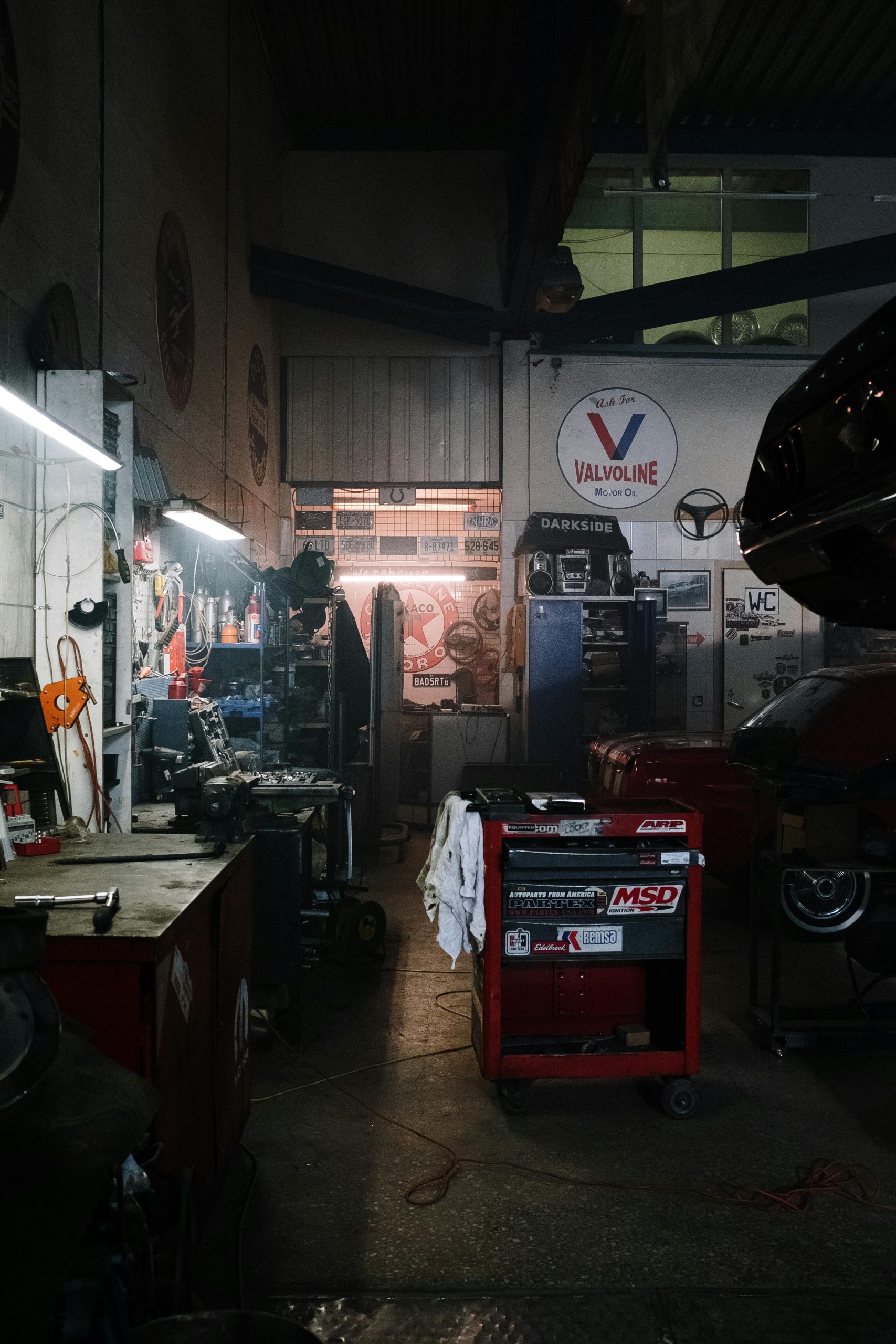Troubleshooting the Lenovo Ideapad L340: Resolving the SrtTrail Automatic Repair Loop
If you’re encountering the infamous “SrtTrail Automatic Repair” loop on your Lenovo Ideapad L340 and are unable to boot into Windows, you’re not alone. Many users face this frustrating issue, often after updates, hardware changes, or sometimes seemingly out of nowhere. This guide aims to provide a comprehensive overview of potential solutions and insights to help you troubleshoot effectively before considering professional repairs.
Understanding the Issue
The SrtTrail Automatic Repair loop is a Windows recovery process that activates when the system detects startup problems. It often indicates underlying issues such as corrupted system files, faulty hardware, or missing components. In some cases, user observations—such as discovering missing parts inside the device—can compound the challenge.
Common Symptoms
- The laptop powers on but only displays the “Automatic Repair” message.
- Repeated reboots without successful Windows loading.
- Inconsistent system behavior or hardware anomalies.
Step-by-Step Troubleshooting
1. Initial Assessment and Physical Inspection
Begin with a thorough physical inspection:
– Check for any visible damage or missing components, as sometimes hardware issues can manifest as boot problems.
– Since you mentioned noticing missing parts inside your second-hand device, it’s crucial to verify the integrity of internal hardware. Missing or loose components can cause boot failures.
Visual Reference:
Here’s an example of what to look for: [Insert link to images, e.g., https://imgur.com/a/xKv9Sjh]
2. Perform a Hard Reset
- Power off the device completely.
- Disconnect all external devices.
- Remove the main battery (if removable).
- Hold down the power button for 15-20 seconds to discharge residual electricity.
- Reconnect power and attempt to boot again.
3. Access Advanced Startup Options
- Turn on the device and interrupt the normal boot process three times consecutively to trigger Windows Recovery Environment (WinRE).
- Alternatively, use a bootable Windows USB drive to access recovery tools.
4. Utilize Automatic Repair
- From the recovery options, select “Startup Repair.”
- Follow the prompts; Windows will attempt to detect and fix issues automatically.
5. Command Prompt and Disk Checks
If automatic repair doesn’t resolve the issue:
– Access Command Prompt from advanced options.
– Run system file verification:
“`
sfc /scann
Share this content:



